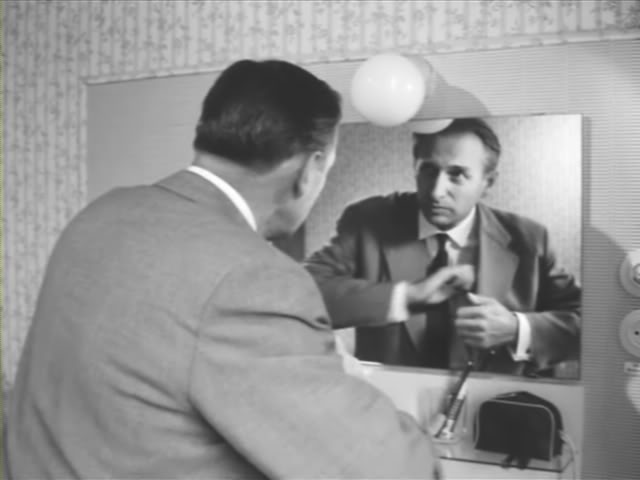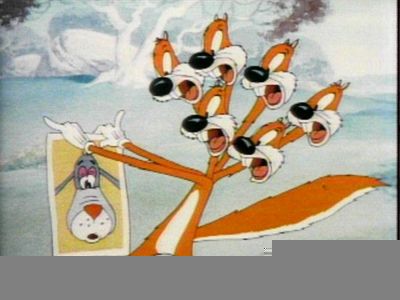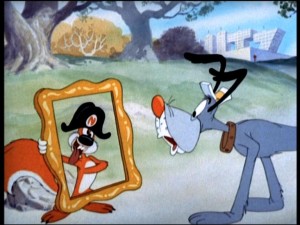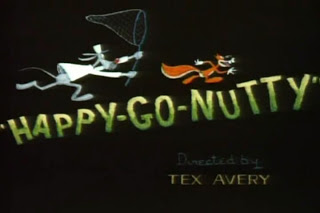From The Financial Times (July 4, 1975); this was the first of my two annual weekly film columns for that newspaper, replacing Nigel Andrews as his “deputy” while he was away.
A couple of asides: I had attended the press conference at Cannes for The Panic in Needle Park, and recall being disturbed by the heartlessness with which Didion and Dunne described their dispassionate and seemingly indifferent “research” about New York addicts. And on the matter of Mizoguchi, I would no longer define Yang Kwei Fei as any sort of “masterwork,” and am still making up my mind about Street of Shame.–- J.R.
To score or not to score
The Panic in Needle Park (X)
Berkeley 1
Diagnosis: Murder (A)
Plaza 2
Brewster McCloud (A)
Electric Cinema
Ugetsu Monogatari (X)
National Film Theatre

Of the two new releases on offer this week, The Panic in Needle Park is the better of an impossibly gloomy choice. Arriving here four years after its premiere at the Cannes Festival (where its female lead, Kitty Winn, was awarded Best Actress prize) — a delay apparently caused by its graphic depiction of heroin rituals being deemed unfit for local consumption — it offers at least one potential source of interest which was less evident in 1971: Al Pacino in his first major movie role. Read more
From Monthly Film Bulletin, January 1975 (Vol. 42, No. 492). — J.R.

Machorka-Muff
West Germany/Monaco, 1963 Director: Jean-Marie Straub

Germany, in the early 1950s. Colonel Machorka-Muff arrives in
Bonn to see his mistress Inn and continue his efforts to clear the
name of General Hürlanger-Hiss from disgrace after his retreat at
Schwichi-Schwalache during World War II. At his hotel the next
morning, after meeting and exchanging pleasantries with a lower
rank officer he commanded, he also sees Murcks-Maloche from the
Ministry, who informs the Colonel that he is to give the dedication
address at the foundation-laying ceremony to inaugurate the
Hürlanger-Hiss Academy of Military Memories. After the Colonel
spends the morning walking through Bonn, Inn picks him up in her
Porsche and they drive to her flat and make love. She wakes him a
few hours later to announce the arrival of the Minister of Defense,
who presents him with a general’s uniform and drives him to the
ceremony; there Machorka-Muff announces in his dedication that
Hürlanger-Hiss made his retreat after losing 14,700 men, not “only”
8,500 as previously-thought. At mass the next morning, Inn
recognizes the second, fifth and sixth of her seven former husbands,
and Machorka-Muff announces that he will be the eighth; afterwards,
the priest explains that there will be no problem in having a church
wedding because all of her former marriages were Protestant ones. Read more
From Monthly Film Bulletin, May 1976 (Vol. 43, No. 508). — J.R.


Happy-Go-Nutty
U.S.A.,1944
Director: Tex Avery

Cert–U- dist–Ron Harris. p.c—MGM. p–Fred Quimby. story–Heck AIIen. col–Technicolor. anim–Ed Love, Ray Abrams, Preston Blair. m–Scott Bradley. 260 ft. 7 mins. (16 mm.).

Breaking out of the confines of Moron Manor and deliberately rousing Meathead the watchdog, Screwy Squirrel flees from him through a series of violent adventures Running past the cartoon’s end title, the antagonists return to discuss other possible endings until Meathead goes mad himself, bursts through the end title, and runs away; Screwy praises this ending for its silliness. A little less impired than Screwball Squirrel, its immediate predecessor, Happy-Go-Nutty nevertheless registers as a kind of ode to dementia, particularly of the gibbering and Napoleonic-complex variety. After beglnning with its hero in a loony bin (“Through these portals pass the screwiest squirrels in the world”), it proceeds spiritedly through some familiar gags (a bomb momentarily turning Meathead into a pickaninnv), some more inventive surreal ones (Meathead goes over a cliff. only to be handed a newspaper by Screwy when he lands, with the headline “SUCKER!!” over a photograph of Meathead going over a cliff), and odd throwaway details (a trashcan labeled “for extra squirrels”). If it fails to scale the summits of imagination displayed by Avery’s team at MGM, it does allow everyone involved more scope for their talents than most cartoons. Read more







